Latest News about Science

The Universe “Will End in a Big Crunch,” Physicists Warns - SciTechDaily
Dark-energy evidence suggests the universe will end in a “big crunch” roughly 20 billion years from now. The universe is nearing the halfway point of what may be a 33-billion-year lifespan, according to new calculations by a Cornell physicist using updated da…
Read more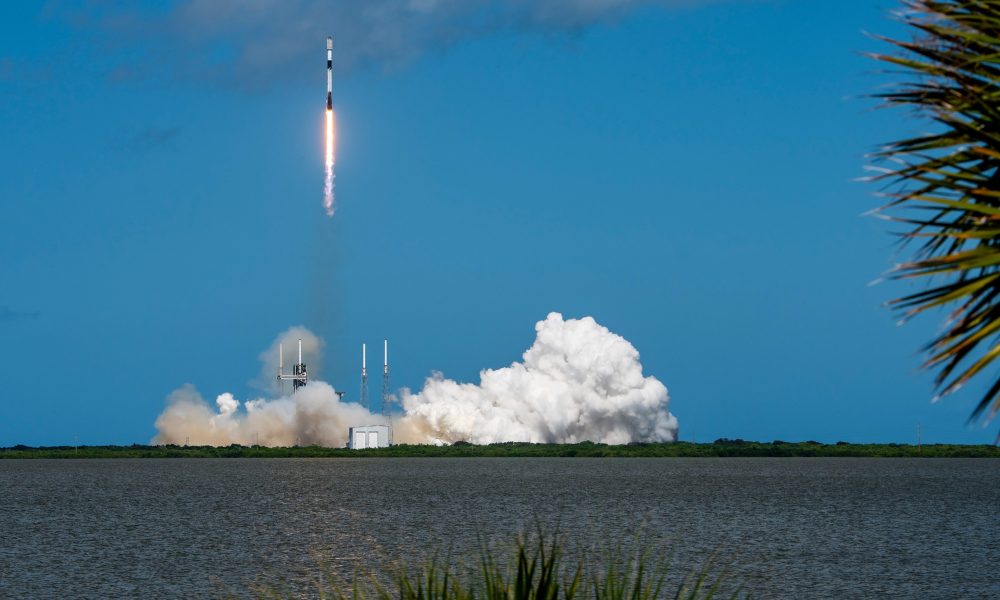
SpaceX reaches incredible Starlink milestone - Teslarati
SpaceX has reached an incredible milestone with its Starlink program, officially surpassing 10,000 satellites launched into low Earth orbit since starting the program back in 2019. Last Sunday, October 19, SpaceX launched its 131st and 132nd Falcon 9 missions…
Read more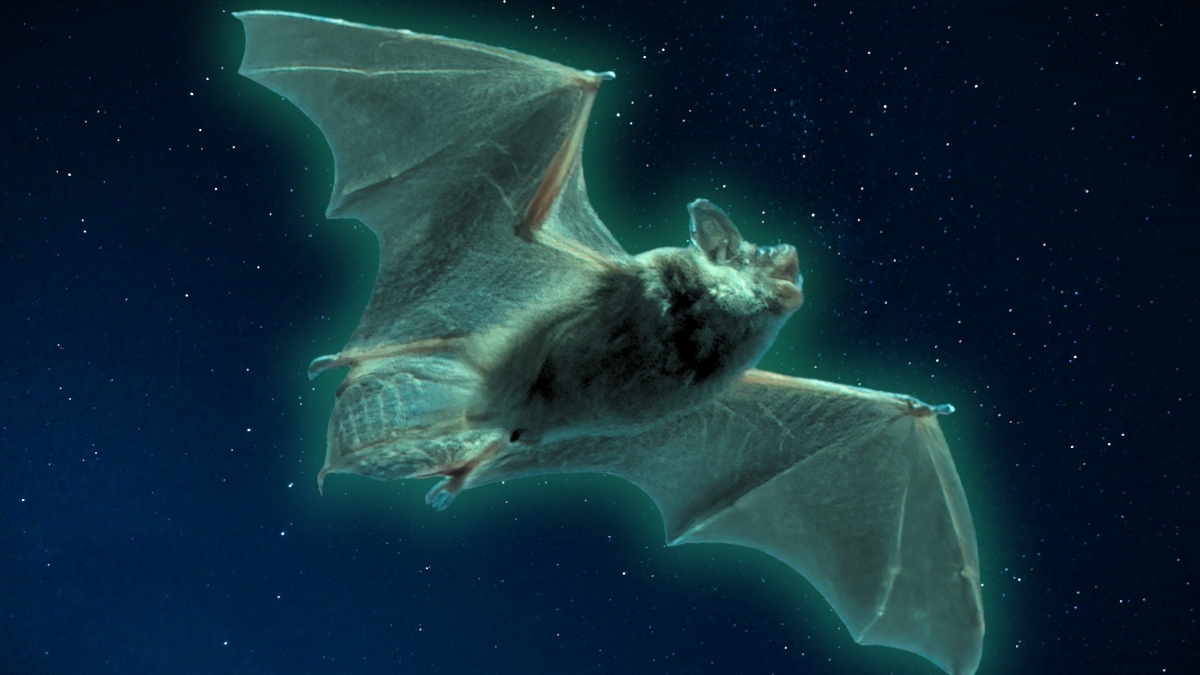
Bats in The US Can Glow Ghostly Green, And Scientists Have No Idea Why - ScienceAlert
The glow-in-the-dark bats you're hanging to decorate for Halloween might be more biologically accurate than you thought.
Read more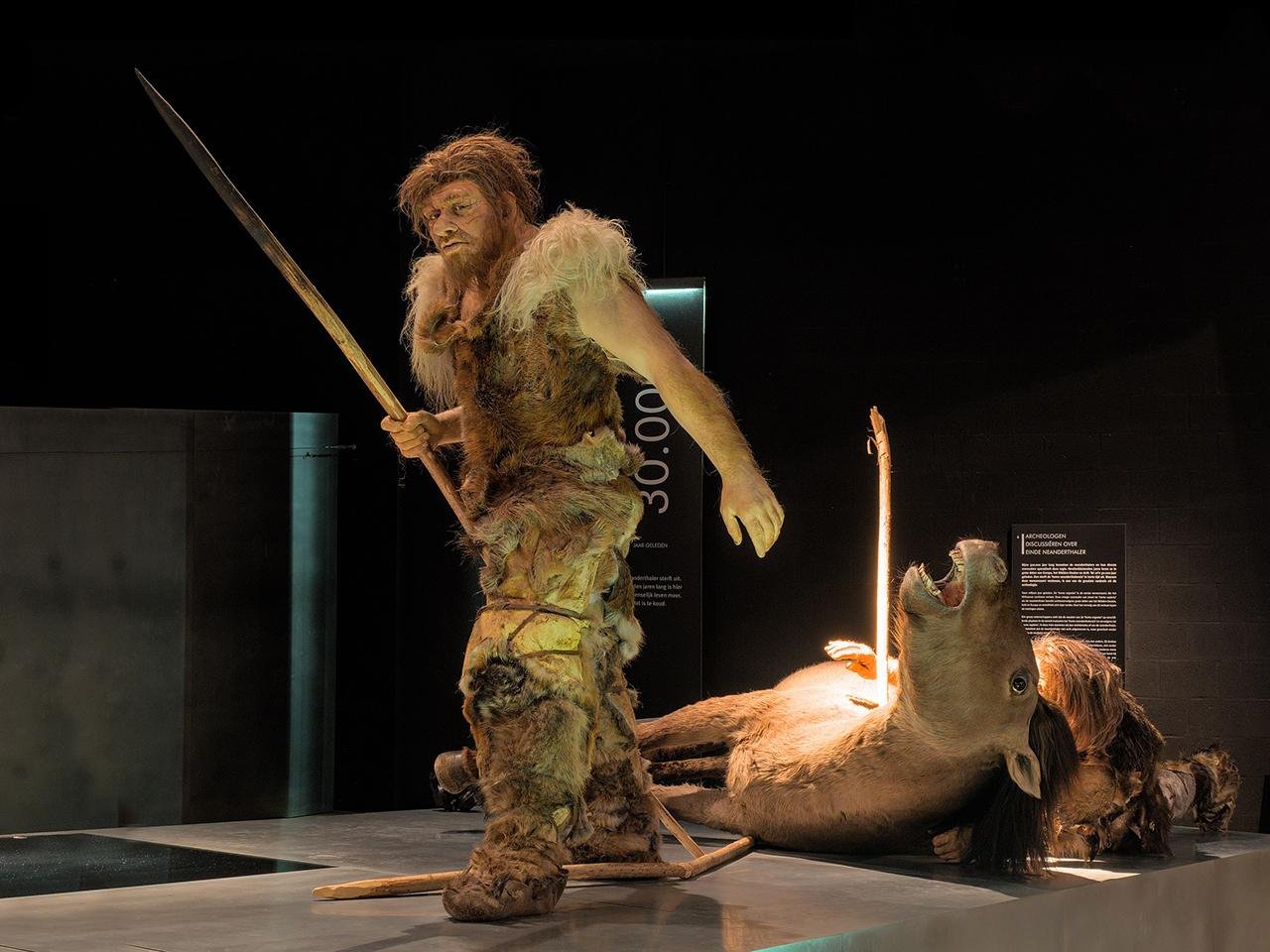
Neanderthals and early humans reshaped Europe’s landscapes long before the rise of farming, study finds - Archaeology News Online Magazine
Neanderthals and early humans reshaped Europe’s ecosystems long before farming, altering vegetation through fire and hunting.
Read more
MIT physicists just found a way to see inside atoms - Science Daily
MIT researchers have devised a new molecular technique that lets electrons probe inside atomic nuclei, replacing massive particle accelerators with a tabletop setup. By studying radium monofluoride, they detected energy shifts showing electrons interacting wi…
Read more
Space radiation can produce some organic molecules detected on icy moons - Space
"There is no better place to look for [life] than Enceladus,"
Read more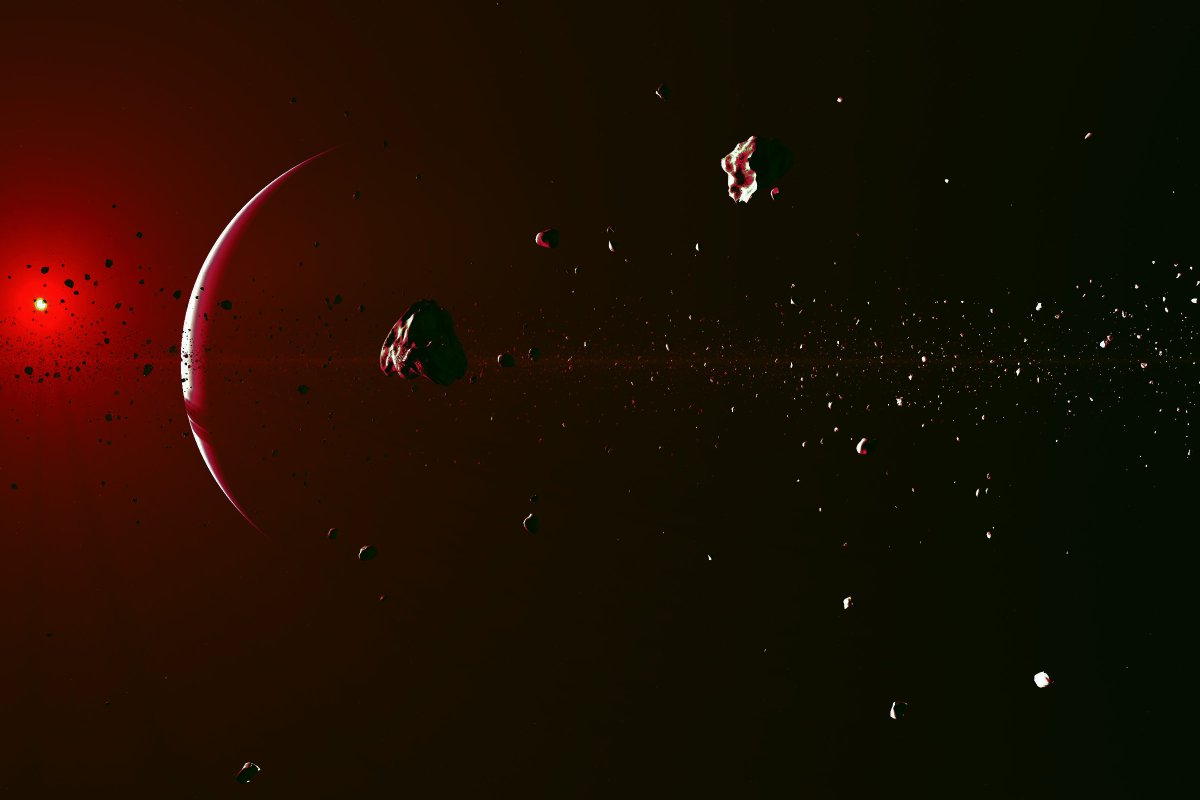
Scientists Discover Remnants of Cataclysmically Destroyed Planet That Became Earth - Futurism
A chemical "anomaly" revealed through an analysis of meteorites may have led to finding the first existing evidence of "proto Earth."
Read more
How the Mayans were able to accurately predict solar eclipses for centuries - Phys.org
The Maya Civilization, from Central America, was one of the most advanced ancient civilizations, known for its significant achievements in astronomy and mathematics. This includes accurate calendars and detailed celestial records, but scientists don't fully u…
Read more
Experiment Reveals What Is Truly Burrowing Beneath Mars's Dunes Each Spring - ScienceAlert
Strange, sinuous gullies etched into the dunes of Mars are finally giving up their secrets.
Read more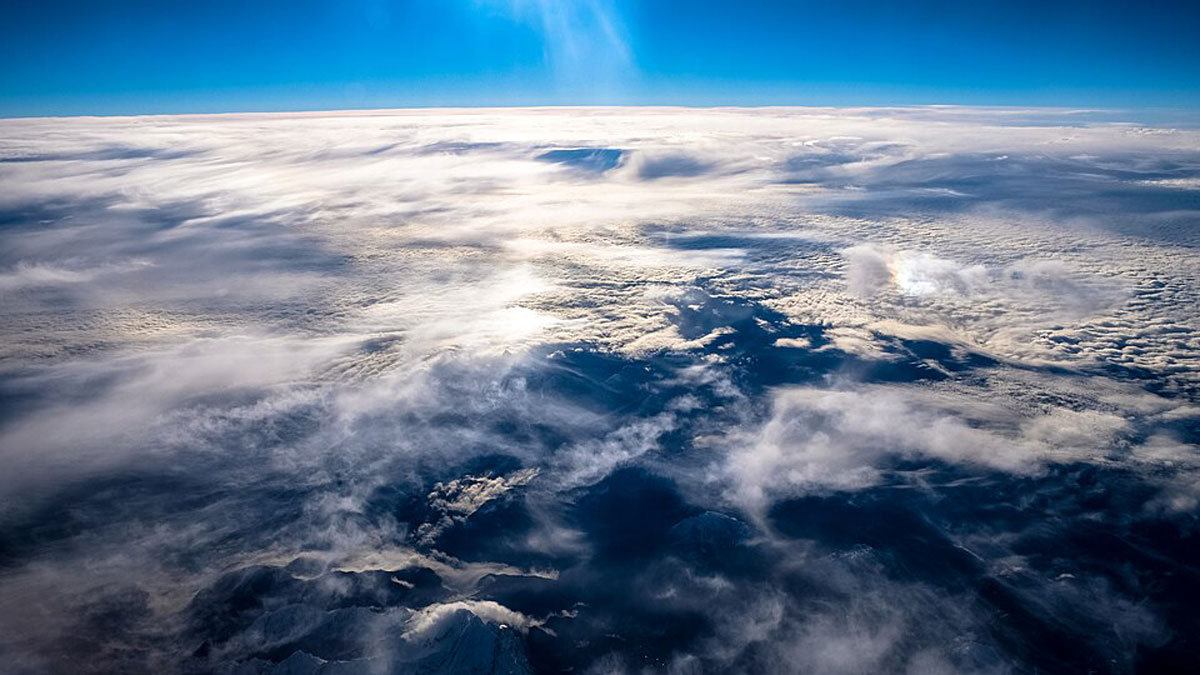
Weird symmetry between Earth's Northern and Southern Hemispheres appears to be breaking - Live Science
The Northern Hemisphere is absorbing more sunlight than the Southern Hemisphere, and clouds can no longer keep the balance.
Read more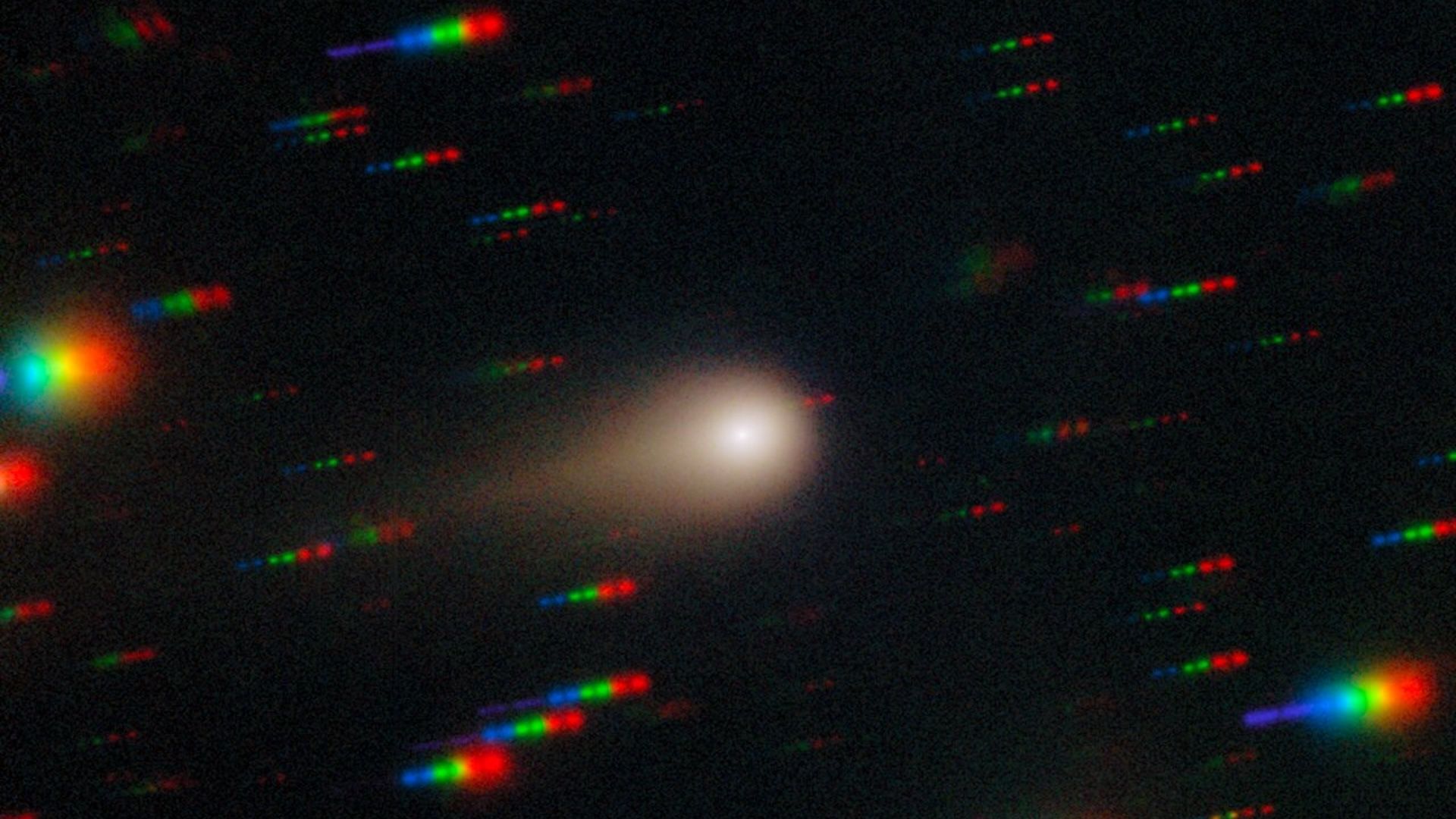
Interstellar object 3I/ATLAS is about to get very active — Space photo of the week - Live Science
The interstellar comet 3I/ATLAS is barreling toward its closest point to the sun as perihelion looms on Oct. 29. How different will it look when it reappears on the other side?
Read more
'No spacecraft would survive': Europe simulates catastrophic solar storm to warn of real risks - Space
No spacecraft would be safe in the wake of a solar storm like the 1859 Carrington Event.
Read more
Finally See Comet Lemmon On Sunday Before It’s Gone For 1,150 Years - Forbes
Comet Lemmon — C/2025 A6 (Lemmon) — and Comet SWAN — C/2025 R2 (SWAN) — are the first comets visible in binoculars since Comet Tsuchinshan-ATLAS in October 2024.
Read more
The First Interstellar Car in NASCAR’s History - Avi Loeb – Medium
On October 25, 2025, I attended the NASCAR car race in Bakersfield, California. The racers were all ecstatic about the interstellar object…
Read more
The Holy Grail of Physics: Scientists Discover New Path to Room-Temperature Superconductors - SciTechDaily
Penn State scientists have unveiled a new theory-driven method to predict superconductors, offering a possible path toward materials that could conduct electricity perfectly. Electricity travels through wires to deliver power, but some of that energy is alway…
Read more
4MOST telescope facility captures first light - Phys.org
On October 18, 2025, the 4-meter Multi-Object Spectroscopic Telescope (4MOST) facility, installed on the VISTA telescope at the European Southern Observatory's (ESO) Paranal Observatory in Chile, obtained its first light. This milestone is a crucial step in t…
Read more
Experts make astonishing revelation after waking organisms trapped in ice for millennia: 'These are not dead samples' - Yahoo
"They’re still very much capable of hosting robust life."
Read more
Galactic Empires May Live at the Center of our Galaxy, Hence Why We Don't Hear from Them - Universe Today
In a recent paper, a team of researchers proposes how humanity may someday relocate its entire civilization near the center of our galaxy to take advantage of the relativistic effects of the supermassive black hole there. They also indicate how other advanced…
Read more
What’s Glowing at the Center of Our Galaxy? New Study Points to Dark Matter - SciTechDaily
New simulations suggest dark matter could explain the mysterious gamma-ray glow at the Milky Way’s center. The findings show that the galaxy’s early mergers may have shaped dark matter in a way that matches NASA’s Fermi telescope observations. A long-standing…
Read more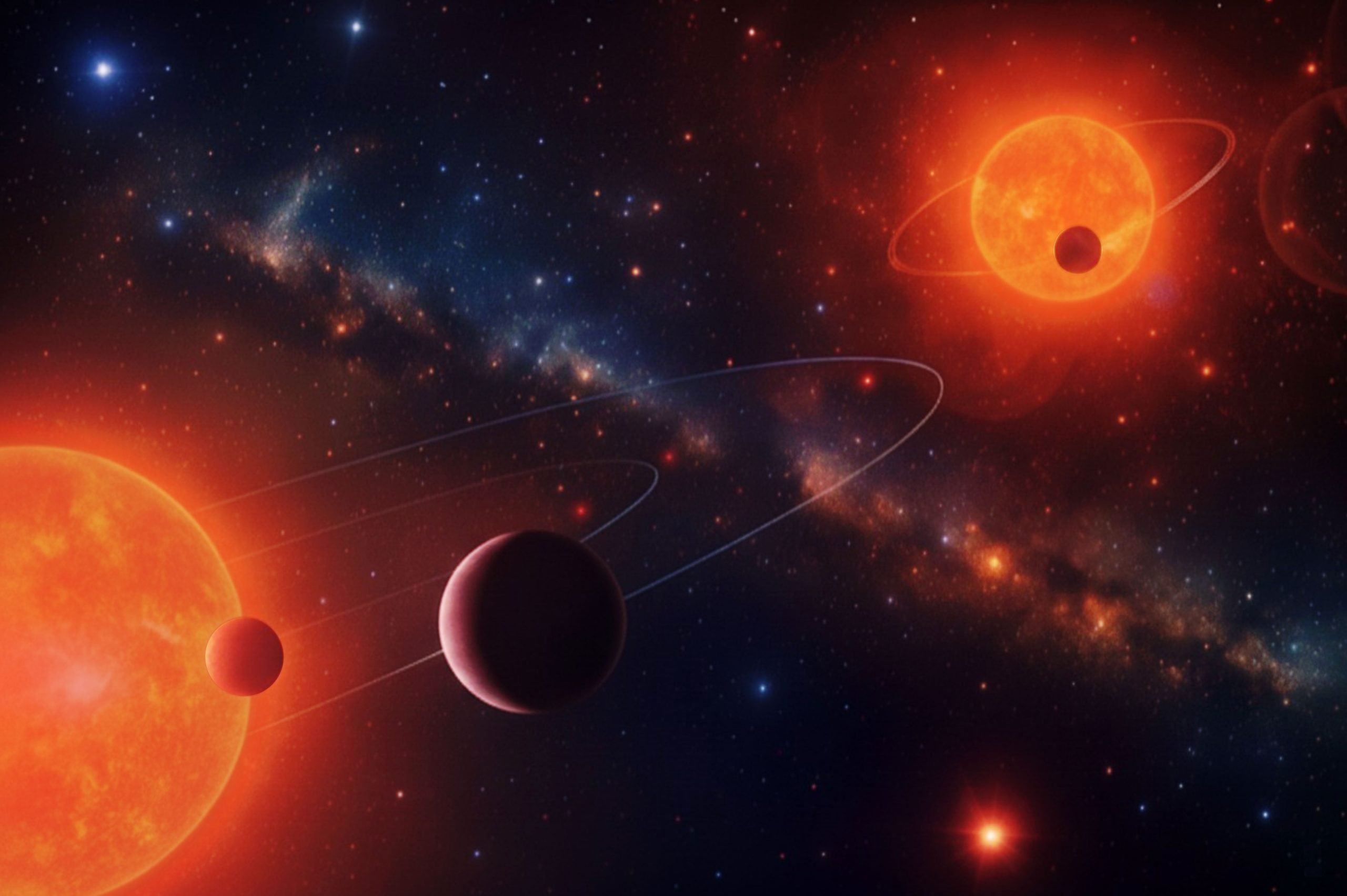
Astronomers Stunned by Bizarre Three-Planet System That Rewrites the Rules of Space - SciTechDaily
An international team of scientists has announced the discovery of three Earth-sized planets orbiting within the binary star system TOI-2267, located approximately 190 light-years from Earth. An international group of scientists has announced the discovery of…
Read more